How to Select Grass Seed Mixtures to Suit Your Requirements.
Below are some tips to think about to make sure you are choosing the correct mixture:
✚ RECOMMENDED VARIETIES
Make sure the varieties within the mixture are on the Grass & Clover Recommended List. This will ensure higher yields, better D values, improved disease resistance, increased ground cover, improved winter hardiness and a better return on investment compared to non-listed varieties.
✚ SOIL TYPE
Lighter soils: Festuloliums should be considered as they are extremely useful on dry, light land. They have increased stress tolerances as a result of the fescue that is bred into them. A higher proportion of tetraploids may also be better as they have a deeper rooting system compared to diploids and will scavenge for moisture better.
Heavier soils: Diploids may be better as they tiller out more and provide a dense base which will help prevent poaching.
✚ LONGEVITY: HOW LONG DO YOU WANT IT TO LAST FOR?
Talk to your Seed Specialist/Agronomist in years. One person’s thoughts on medium term is different to another.
For perennial ryegrass mixtures that are intended to last long term, make sure that varieties within the mix will last the full length of time.
A mix containing early perennial ryegrasses varieties will only last 4-5 years so these varieties would not suit a long term mixture lasting 7 years.
A 3-4 year cutting mix should not contain any Italian ryegrass as they only last 2 years. It may cheapen the mix but the production would drop dramatically in years 3 and 4, meaning the ley isn’t fit for purpose.
✚ SEASONAL GROWTH
If grazing and early spring growth is important for an early turnout, then intermediate perennial ryegrasses should be used. They will last longer than early perennial ryegrass and still produce early spring growth which would suit medium and long term grazing, cutting and dual purpose mixtures.
If your soil type and location don’t allow you to turnout early, then a mixture containing all late perennial ryegrass should be considered as it will start growing slightly later in the growing season so less grass is wasted in the sward.
✚ FIELD LOCATION
This will impact whether you want to cut or graze the sward. Also if a field is close to the farm and gets used a lot, you may then want to use a mix with a high diploid content which will provide greater ground cover.
✚ WHAT’S YOUR END GOAL?
First of all, decide how long you want the mix to last. Then if you want flexibility with the ability to cut and graze, choose a mix containing both diploids and tetraploids.
If predominantly cutting, choose a mix with a high tetraploid content as tetraploids have a higher cutting yield, quicker regrowth and a higher level of water soluble carbohydrates which will aid the fermentation process.
If intensively rotational grazing, then choose a mix that can cope with this style of management and provide good ground cover and quick regrowth.
If intensively tight grazing, then use a mix with a high diploid content. Diploids have a higher DM/kg of feed and will also tiller out better than tetraploids, which will create a dense sward. Look at the mixture selector to help decide what mix is suitable for your grassland management.
✚ CLOVER OR NO CLOVER?
If you expect significant weed problems then choose a no clover mixture. Consult your agronomist about appropriate herbicides and
timings to control the weeds. Once the herbicides are applied and the weeds are addressed, introduce the clover at a later date if required.

Livestock Support
The nutritional work we are involved with has shown major advantages in health and temperament
Animal Nutrition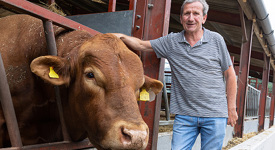
Grassland Nutrition
Getting the basics right is fundamental to efficient production.
Grassland Nutrition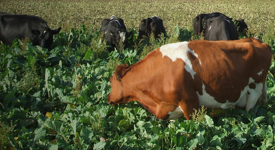
Join Our Community

Agrii X
We love engaging with clients and partners. Give us a follow and let's share stories for the community.

Agrii Instagram
A picture paints a thousand words. Follow us on Instagram to see what we are up to.

Agrii Facebook
Follow us on the worlds biggest social media site for the latest news and events straight to your feed.

Agrii LinkedIn
If you are all about the business, connect with us on LinkedIn to build your network
Stay In Touch

Newsletter Sign-Up
Receive email updates on topical news and information from around Agrii and UK Farming.

Listen To Our Podcasts
Listen to the Tramlines Podcast. Fortnightly chat about agriculture and trials with your host Tony Smith.

Agrii Insights
Read essential agri intelligence for profitable farming.

Find an Event
Join us for our upcoming events and tours.
Featured News
News - 15/10/24
How to Optimise Late-Drilled Wheat Crops
Case Study - 06/09/24
How Agrii-Start Release Increased my Phosphate Availability
News - 28/08/24
Wildflower Meadows
News - 08/08/24
RapidAim: Real-Time Codling Moth Monitoring for Your Orchard
News - 30/07/24
Wheat Variety Considerations for Autumn 2024: What You Need to Know
From the fields
Get Growing
Find leading products for all your crop, livestock, and equipment needs
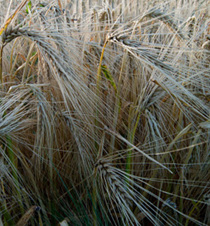
Growing Winter cereals? Find out more here
See our range of researched Winter Cereal crops for your rotation
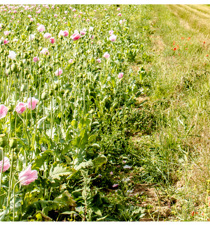
Find out more about Environmental Mixtures
Need ground cover, bird seed and wildflower mixtures? We've got you covered
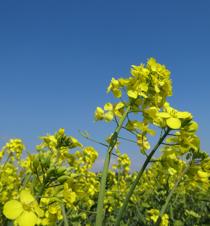
Find out more about OSR
Robust varieties and crop management advice

SFI SAM3 Herbal Leys
Find the right SFI legume and herbal ley for your farm system
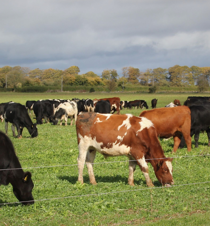
Grassland to repair? Discover your options
Discover our range of grass seeds
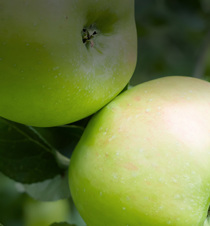
Find out more about Fruit
Dedicated horticulture and viticulture teams to help you manage your crops

Find out more about Potato crops
We have deep expertise in potato crop management
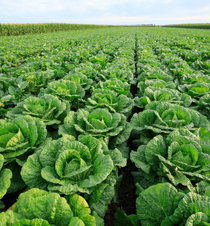
Find out more about growing Vegetables
Specialist agronomy and solutions for high value crops
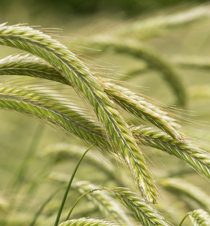
Find out more about Hybrid Rye Crops
Growing wholecrop for AD or grain for livestock we have varieties and advice to help you grow
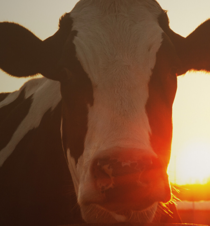
Find out more about Root Crops
A broad range of Root Crops for home-grown forage
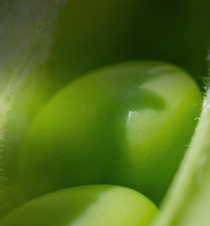
Find out more about Innovation Crops
Options for profitable opportunities in your rotation




